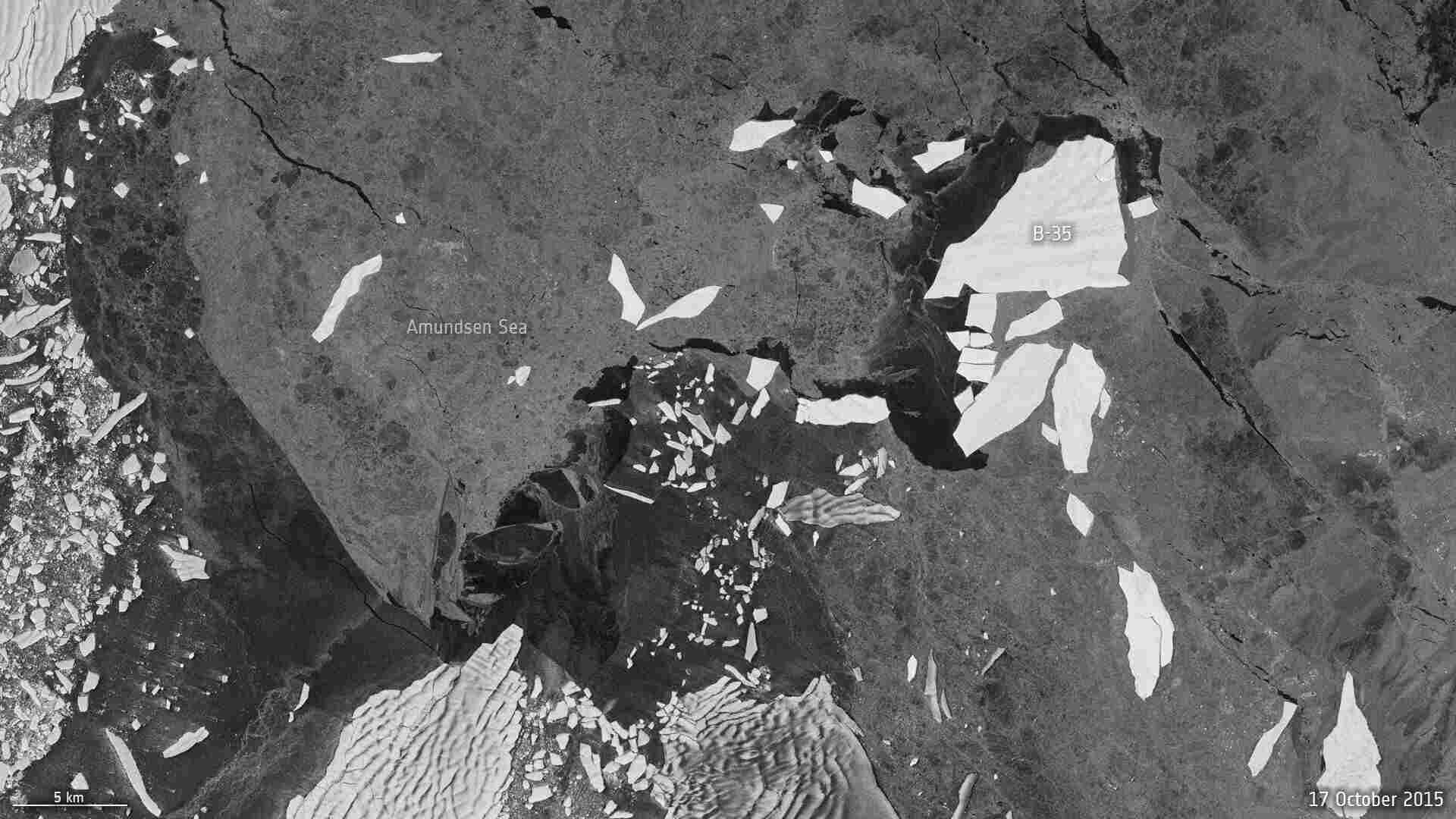AI apps map icebergs 10,000 times faster than humans

Researchers from the University of Leeds in the UK have developed a neural network that can quickly and accurately map the expanse of large Antarctic icebergs in satellite images. The novel approach takes just 0.01 seconds and is much faster than the laborious manual effort required previously. Anne Braakmann-Folgmann, who researched while she was a Ph.D. student at the University of Leeds and is now an employee at the Arctic University of Norway in Troms, stressed the significance of large icebergs in Antarctica, as they impact ocean physics, chemistry, biology, and maritime operations. Therefore, it is critical to locate icebergs and monitor their extent to quantify how much meltwater they release.
The research team used Artificial Intelligence to map bergs, with the Copernicus Sentinel-1 radar mission providing images of icebergs regardless of cloud cover and lack of daylight. Icebergs, sea ice, and clouds appear white in images taken from satellites, making it difficult to identify them. However, Sentinel-1's radar vision allows icebergs to appear as bright objects against the darker ocean and sea-ice background in most radar images.
Despite the challenging conditions, the new neural network approach excels at mapping iceberg extent, as it takes into account the whole image context as well as intricate non-linear relationships. The system is highly capable of identifying the largest iceberg in each image, unlike comparative methods, which often choose slightly smaller icebergs nearby.
The neural network was trained using U-net architecture, with seven icebergs tested, ranging in size from 54 to 1052 square kilometers. The dataset includes between 15 and 46 images for each iceberg, spanning various seasons and the years 2014-2020. The new system has an accuracy rate of 99%, making it an effective tool for monitoring changes in the vulnerable Antarctic region.
According to ESA's Mark Drinkwater, satellites are crucial for understanding processes occurring far from civilization and monitoring changes. By automating the process of locating and reporting the extent of icebergs, this new neural network saves time and energy. Congratulations to the team on the introduction of this innovative machine-learning approach to monitor changes in the vulnerable Antarctic region.

 How to resolve AdBlock issue?
How to resolve AdBlock issue?